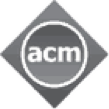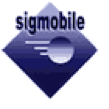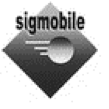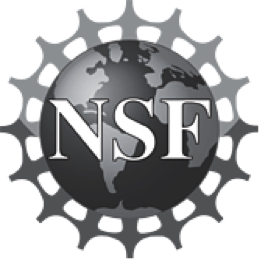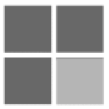ISWC 2015, the nineteenth annual International Symposium on Wearable Computers, is the premier forum for wearable computing and issues related to on-body and worn mobile technologies. ISWC 2015 brings together researchers, product vendors, fashion designers, textile manufacturers, end users, and related professionals to share information and advances in wearable computing. ISWC 2015 will be held September 9-11 in Osaka, Japan, collocated with UbiComp 2015.
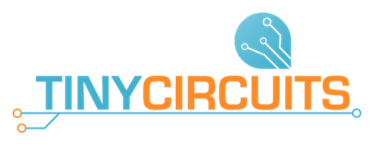
Juried Exhibition
ISWC 2015's Juried Design Exhibition invites submissions of original works of wearable technology and/or novel applications for new audiences using existing technologies. Submissions may comprise any type of wearable technology (electronic, mechanical, textile and garment-based, etc). Awards for the best design will be given in three categories: Aesthetic, Functional, and Fiber Art.
- Submission Deadline: May 29th, 2015, 11:59pm PDT.
- Notification of acceptance (Changed):
June 19, 2015June 26, 2015. - Camera Ready Extended Abstract Due (Changed):
July 3, 2015July 10, 2015.
Categories:
- Functional:
- Submissions to this category should be functionally-focused wearable designs, aimed at using technology to solve a particular problem or meet a specific need.
- Aesthetic:
- Submissions to this category should be aesthetically-focused wearable designs, aimed at developing an aesthetic or visual effect through the use of technology.
- Fiber arts:
- Submissions to this category should be non-wearable, but textile- or fiber-integrated innovations. Fiber arts submissions may be functionally or aesthetically focused. Confused about which category to pick? Many designs address both functional and aesthetic aspects of a problem. Designers should consider in which aspect their design is strongest, and submit it to that category.
Awards
Awards for the best design will be given in three categories: Aesthetic, and Functional and Fiber Art.
Awards from the 2014 Exhibition
- Best in Show: Aesthetics
- S.A.R.A.: Synaesthetic Augmented Reality Application by //benitez_vogl (Margarita Benitez and Markus Vogl)
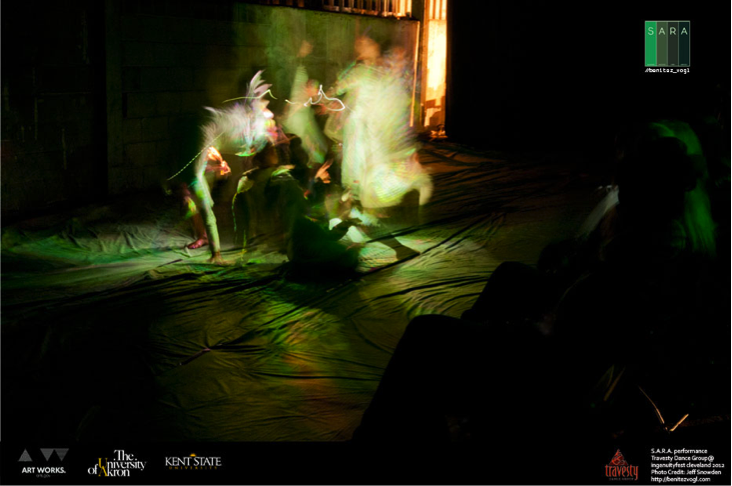
- Best in Show: Functional
- Ballet Hero: Building a Garment for Memetic Embodiment in Dance Learning by James Hallam and Emily Keen et al.
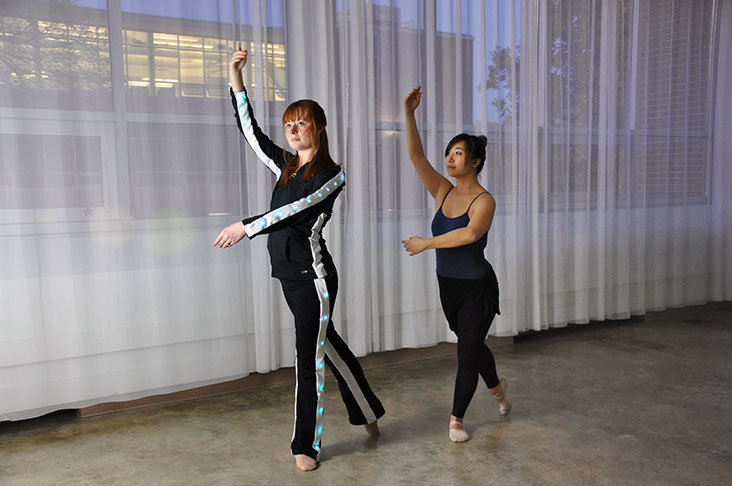
- Best in Show: Fiber Arts
- Digital Lace: A Collision of Responsive Technologies by Sarah Taylor and Sara Robertson
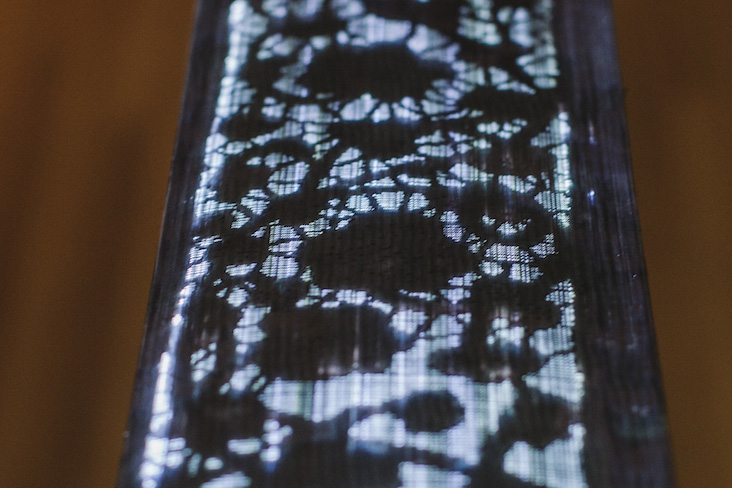
Submission
Designers are asked to submit an illustrated design statement detailing the work's concept, motivation, intended audience and end-use, technological functionality, and execution. Detailed images must illustrate the text.
Please submit your document as one compiled PDF file, formatted according to the ACM extended abstracts format. The submission should not exceed 6 pages, including embedded images. All figures should be included in the document body and referenced in the text. Please cite all references used in the text according to the ACM formatting instructions. Your submitted PDF should not exceed 6 pages or 5MB. Please prepare your paper for blind review: do not include any names or institution affiliations within your submitted PDF.
Design submissions should include an illustration or image. It is strongly encouraged to include High Res Images and a Video at the time of submission. High Res Images and a Video will be required of all accepted designs for the camera ready submission and will be used in the ISWC Design Exhibition. Submit your design statement and supporting materials through the PrecisionConference site
Please note: Accepted designs will need to for shipped/transported to Osaka, to arrive on or before September 7, 2015. Authors will be responsible for shipping items to and from Osaka, Japan.
Evaluation Criteria
- 1) Concept Originality:
- How novel is the concept or application? Has it been done before? Is the approach novel? The work should exhibit depth of understanding and insight.
- 2) Technological Innovation:
- How innovative is the use of technology: have advances been made in the use of standard tools for a new purpose? Have new technologies been developed? What does the technology bring to the wearer or the viewer in the wearable environment?
- 3) Execution:
- How professional and polished is the finished product? Have appropriate or novel construction techniques been implemented? How have standard hardware components been adapted for the wearable environment?
- 4) Communication and Rigor:
- How well have the concept, novelty, and use of technology been communicated? Is the idea and process evident in written and visual materials?
- 5) Audience/Usability:
- How appropriate is the design for the intended audience/purpose? (Aesthetic and Fiber Art.) How well have the designers addressed the usability of their interface/interaction? (Functional and Fiber Art.)
Jury Panel
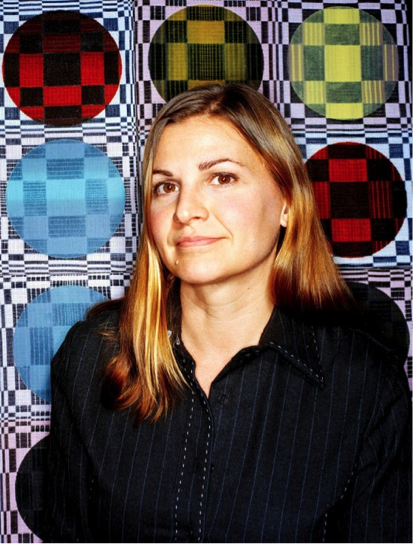
Maggie Orth
Maggie Orth is writer, artist, designer and technologist who- from 1996 to 2012- created interdisciplinary art, design, and research focused on electronic-textiles. Orth’s creative work in e-textiles includes early consumer products, like the POM POM Wall Dimmer, early e-fashions, color-changing textile artworks, and interactive touch-sensing and light artworks. Her e-textile research includes fabric touch sensors, data transport, antennae design, heating, and thermochromic displays. Orth began her work in e-textiles at the MIT Media Lab in 1996, where she created early research in wearable computing, e-textile sensing, and e-fashions, including the Firefly Dress and Musical Jacket. After receiving a PhD from the MIT Media Lab in 2002, Orth founded International Fashion Machines, Inc. (IFM), an electronic-textile studio and company. Orth’s goal at IFM was to get e-textiles out into the world, to develop them as both a beautiful creative medium and emerging technology. Her practice at IFM combined product design, art, engineering, intellectual property development, technology commercialization, and entrepreneurship.
At IFM she created some of the earliest e-textile products, including the first UL-Listed e-textile product, the patented POM POM Dimmer. Orth holds a BFA in painting from RISD and PhD from the MIT Media Lab. Orth has written patents, conducted DARPA research, contracted for fashion companies, and created artworks. In 2007, Orth received the prestigious USArtist’s Target Fellowship. Exhibition venues include: Cooper Hewitt National Design Museum, San Francisco Museum of Craft + Design, Wexner Center for the Arts, The National Textile Museum, The Stedelijk Museum, SIGGRAPH, Ars Electronica. in Seattle, WA. Orth is now retired from electronic textiles and writing fiction in Seattle Washington.
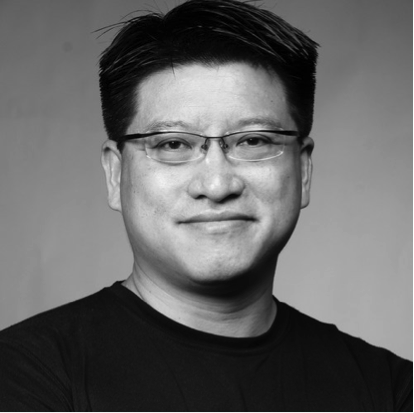
Sonny Vu
Mr. Sonny X. Vu is Founder of Misfit Wearables Corporation and serves as its Chief Executive Officer. Mr. Vu co-founded AgaMatrix, Inc. in 2000 and served as its Chief Executive Officer. He served as President at Misfit Wearables Corp. Mr. Vu served as Executive Vice President of Business Development and Marketing at AgaMatrix, Inc. He has management and entrepreneurial experience from having worked in several of Microsoft's product groups and having launched and built FireSpout, an enterprise software company. At Microsoft, Mr. Vu worked in a number of product development groups, including the natural language group responsible for shipping linguistic technologies to over 16 applications in 22 languages. At FireSpout, he created the original technology vision, recruited the technical teams, developed and managed the technology development and various operational processes, and developed the intellectual property strategy. Mr. Vu served as Chairman at AgaMatrix, Inc. He serves as a Director of Misfit Wearables Corp. He serves as Member of Advisory Board at Breathometer, Inc. He is a mathematician by training, and was a Ph.D. candidate at MIT prior to working in the software industry.
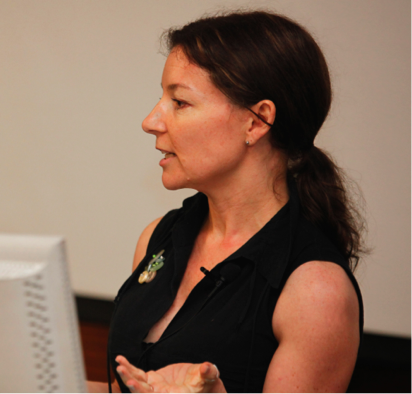
Tricia Flanagan
Dr Tricia Flanagan began her career as a fashion and costume designer. Since 1996 she has worked as a practicing artist. Her work is held in public and private collections internationally and has been exhibited in Australia, Germany, Ireland, Italy and China. Flanagan’s professional arts practice consists of producing permanent or temporary artwork for exhibition and display. Since completing a Masters degree in Public Art and New Artistic Strategies in 2003 her practice has focused on work in the public sphere. Her production includes site-specific sculpture, social sculpture, sound sculpture, sculptural installation, wearables and performance installation. Development and production of projects often involve community consultation and or engagement. Artworks are often created on location and/or through workshop development, alone or with project participants. Flanagan often works collaboratively with artists and other professionals and presents lectures about her practice, working methodologies and specialist areas of sculpture, creative design and community arts practice. Flanagan’s work is published in numerous books and journals including articles in Germany’s leading Arts Journal ‘Kunstforum’, Irish Sculpture Society Journal & ArtReach NSW Regional Arts Magazine. Her work has been acknowledged through awards, grants and scholarships including an Australian Postgraduate Research Award for doctoral research in the field of Public Art. She lectures for the Bauhaus University Weimar, Germany; the University of Newcastle, Australia and is currently lecturer on Wearables at the Academy of Visual Art HKBU. Flanagan lives and works in Hong Kong.
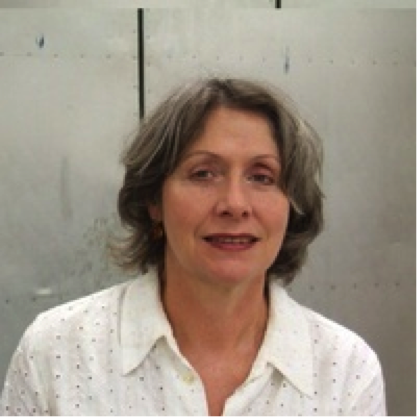
Frances Joseph
Dr. Frances Joseph is a founding Co-Director of CoLab, Co-director of the Textile and Design Laboratory (TDL), and an associate researcher at the Knowledge Engineering and Discovery Research Institute (KEDRI). In 2006 Frances co-authored and led the successful GIPI grant application to establish the TDL and has directed its strategic and research development over the past six years. In 2008 she was the lead author of the successful ESI grant to establish CoLab. Through these two entities she has helped build new areas of research within the University, mentoring staff in becoming active researchers, initiating and gaining funding for a number of collaborative project teams, supervising postgraduate students and developing industry partnerships. Her Research Interests include the Aesthetics of interactivity, E-textiles and making, Research methodology, transdiciplinarity, Innovation through design and new technologies, and creative entrepreneurship.
Evaluation
All submissions will be evaluated by the jury panel for their following design elements, as outlined above: concept, use of technology, execution, and visual/written communication. Aesthetically-focused designs will also be evaluated with respect to their aesthetic novelty and appropriateness for the intended purpose, and functionally-focused designs will also be evaluated with respect to the usability of the technology for the specified audience.
Accepted works will be exhibited at the conference venue, and accepted exhibitors may be asked to supply additional visual materials to accompany the exhibition. Designers will assume the cost of transporting their work to and from Osaka, to arrive before September 7th, 2015.
Design statements from all accepted designs will be included in the ISWC Adjunct Proceedings. Design awards will be presented at the conference for the Aesthetic, Functional, and Fiber Arts categories.
- Submission Deadline: May 29th, 2015, 11:59pm PDT.
- Notification of acceptance (Changed):
June 19, 2015June 26, 2015. - Camera Ready Extended Abstract Due (Changed):
July 3, 2015July 10, 2015.
Contact
For questions regarding the ISWC 2015 Design Exhibition, please mail the Design Chairs, Margarita Benitez and Halley Profita at design@iswc.net.






